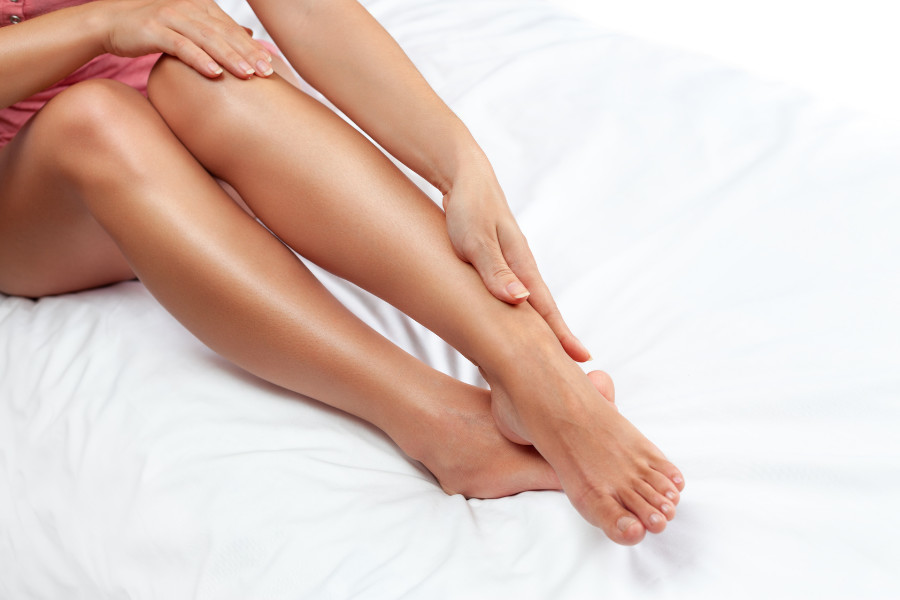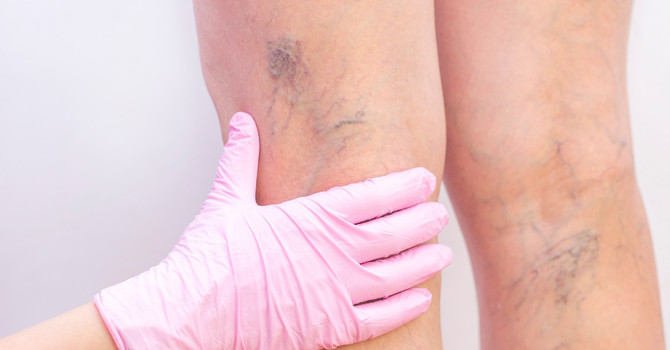
A Simple Way to Treat Varicose and Spider Veins
Sclerotherapy is a popular and effective treatment designed to help reduce the appearance of varicose and spider veins. These veins are common, especially as we age, and they can make people feel self-conscious. Sclerotherapy offers a minimally invasive way to address these concerns while supporting the overall appearance and health of your legs.
How Sclerotherapy Works
During a sclerotherapy session, a solution is injected directly into the affected veins. This causes the veins to close and eventually fade over time. While the process may sound complex, it’s actually quite simple and typically takes around 30 to 60 minutes, depending on the number of veins being treated. Most people can return to their daily activities right after their appointment, making it a convenient option for those with busy lifestyles.
What to Expect from Treatment
Sclerotherapy is a relatively quick and straightforward procedure, but it’s important to know what to expect. Here are a few key things to keep in mind:
- Most people experience minimal discomfort during the session, similar to a light pinch.
- You may need to wear compression stockings after the treatment to help with healing.
- It’s common to see gradual improvements over several weeks as the veins begin to fade.
The results are long-lasting, and many people find that sclerotherapy gives them a smoother, more even appearance in the treated areas.
Healthy Habits for Long-Lasting Results
To maintain the results of your sclerotherapy treatment, incorporating healthy habits can be beneficial. Here are some simple tips to keep your legs feeling their best:
- Stay active with regular walking or light exercise.
- Avoid standing or sitting for long periods to keep blood flowing.
- Wear comfortable, supportive shoes to reduce pressure on your veins.
With these practices in place, you can support your vein health and enjoy the benefits of sclerotherapy for years to come.
The content in this blog is for informational purposes only and is not a substitute for professional medical advice, diagnosis, or treatment. Always consult your doctor or a qualified healthcare provider before trying new healthcare protocols.



